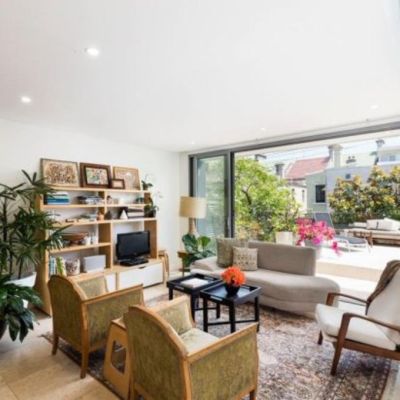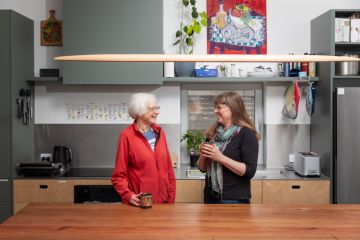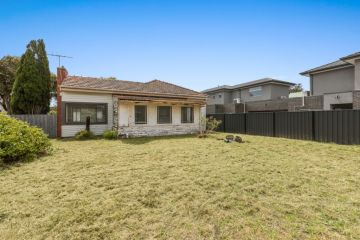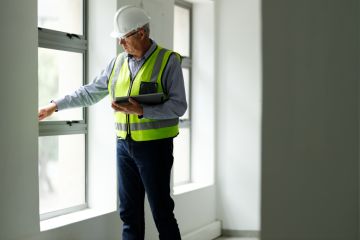Why the land-to-asset ratio of a property can determine its future price growth
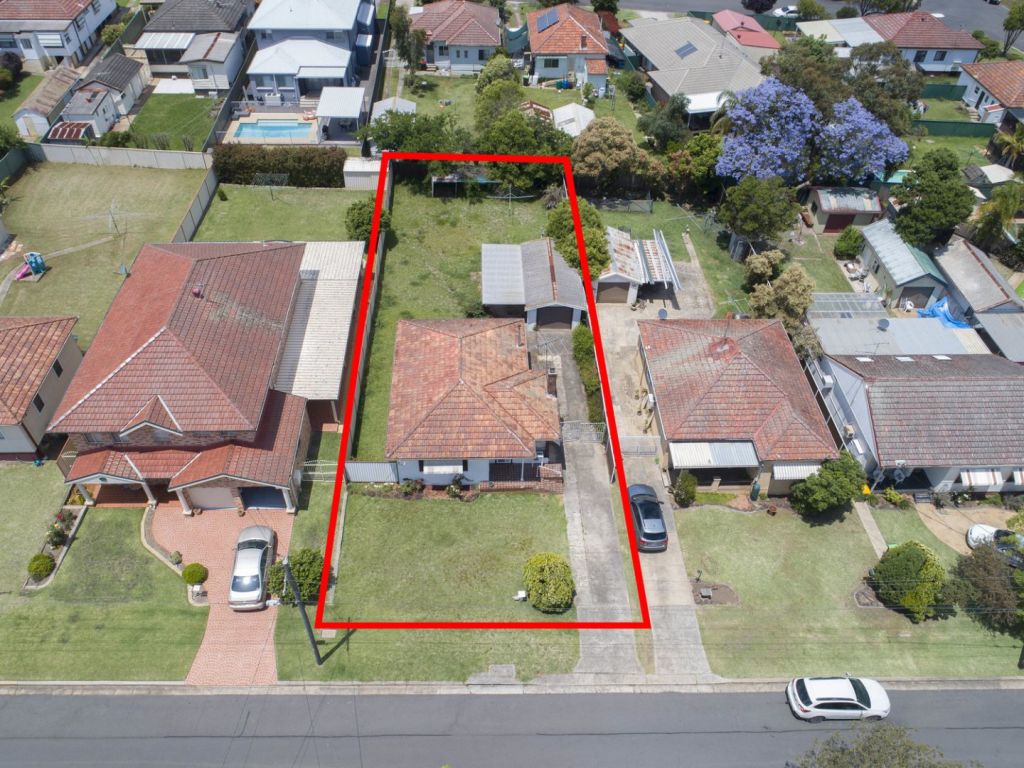
Land-to-asset ratio is a critical factor when assessing the quality of an investment property, yet isn’t readily understood by most investors.
The land-to-asset ratio is the proportion of the overall property value made up of the land component. For example, if a property has a purchase price of $1 million, and the land value alone is $500,000, the land-to-asset ratio is 50 per cent.
Knowing the land-to-asset ratio of a property is important because rising land value is the primary driver of price growth, whereas on most occasions the dwelling is depreciating in value. For this reason, it pays to have an optimal percentage of the property made up of the land value.
How do you determine the land-to-asset ratio?
To determine the land-to-asset ratio, you first need to determine the land value. The best way to do this is by determining the average land value per square metre in the suburb or town you are considering and multiply that by the square metres of the specific property.
Local real estate agents normally have a good sense of the value per square metre for their suburb even specific pockets and streets.
Another method is to find a vacant block of land that has recently sold and divide the sale price by the total square metres of the land.
Once you work out the land value, you can then determine the percentage of the estimated purchase price figure made up by the land component.
What is the ideal land-to-asset ratio?
From an investment perspective, you should strive to select an asset where the land represents 70 per cent of the value of the property, with 50 per cent as the minimum.
This ensures that at least half the overall asset has the best opportunity to grow in value, keeping in mind that the dwelling is depreciating.
For example, if the property purchase price is $1 million, the land should be worth approximately $700,000 while the dwelling should have a value of $300,000.
In the case of a renovation, the land-to-asset ratio at purchase could be slightly higher, as you will pay less of a premium for a dated or rundown dwelling. As you renovate you will naturally increase the dwelling value, therefore reducing the land-to-asset ratio.
Renovators should estimate the current land value, the current dwelling value, and the estimated value of the dwelling once completed.
This will enable you to determine your expected land-to-asset ratio, which helps avoid overcapitalisation, which is common when renovating or completing small-scale developments. It’s important to remember that you are not increasing the land value by renovating the dwelling.
People often focus emotionally on the dwelling without understanding the land value of the property. This comes at the detriment of successful investment decisions.
Focusing on the land-to-asset ratio can help remove or reduce emotion biases and attachments to the superficial or changeable aspects of the property, often the interior of the dwelling such as the kitchen, bathroom, flooring or wallpaper.
Thinking about the land-to-asset ratio often leads to a logical question – should investors just purchase a block of land?
The answer is usually no, because vacant land generates no rental income and the debt is not tax-deductible because the asset is not an income-earning investment. Furthermore, the scarcity factor that helps drive up land values is usually lacking, and spare land is rarely available in highly sought-after locations.
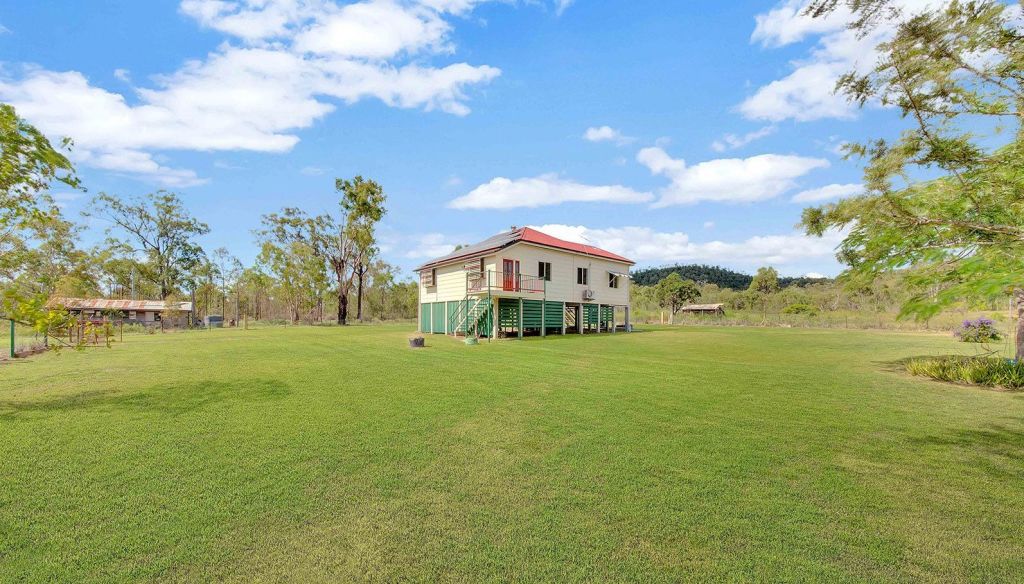
What kinds of properties have a high land-to-asset ratio?
You can have a high land-to-asset ratio due to a large land size, an older dwelling or a high land value per square metre.
Of these factors, it’s best to focus on the latter, as it is more likely to occur in a highly sought-after locations. This can mean that an investor can purchase a property with a smaller land size, yet a high land-to-asset ratio.
In sought-after locations, typically closer to CBDs, there are more established suburbs, and therefore a higher percentage of older dwellings and potentially period homes. These properties are more likely to have a better land-to-asset ratio than recently built properties that are yet to complete their depreciation phase.
Given the importance of the land-to-asset ratio for capital growth outperformance, we generally prefer established properties.
Think of the appreciation opportunities if you purchased an expensive new car as opposed to an equally priced vintage car. The new car will start depreciating the moment you purchase it, whereas the vintage car is likely to keep appreciating from the moment of purchase.
These same rules can be applied to property. Purchasing a period home is ideal, but it may not be achievable due to budget restrictions. These properties tend to be highly sought-after and aren’t being rebuilt, and in desirable locations usually come with a higher price tag, just like vintage cars.
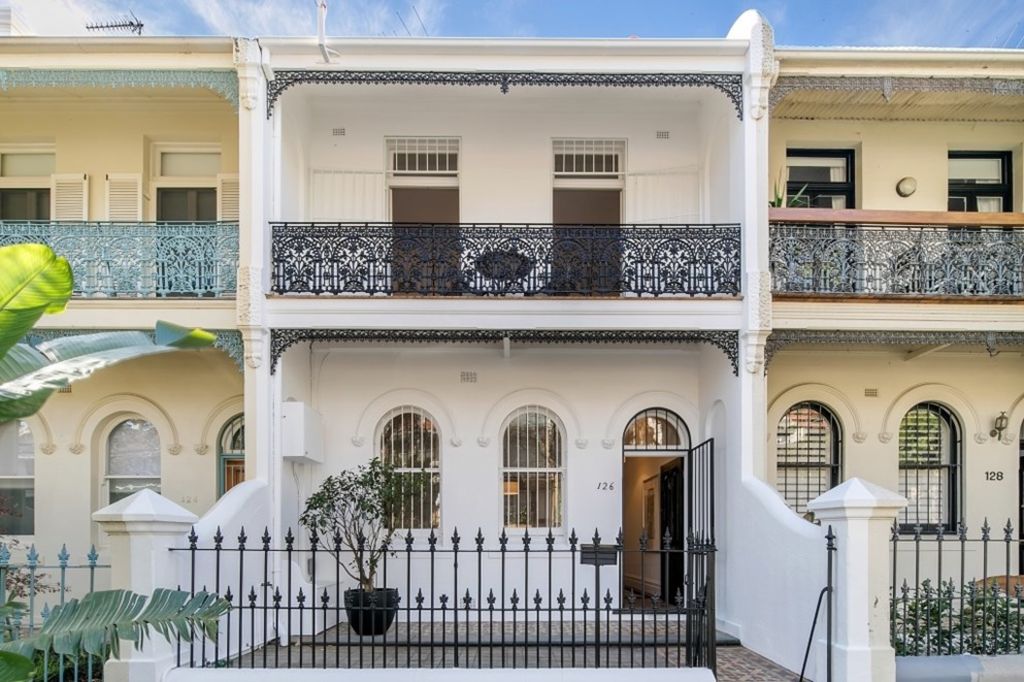
What are the drawbacks of properties with high land-to-asset ratios?
A high land-to-asset ratio does not mean it is all beers and skittles after purchasing the investment, and there are some risks to this strategy.
The rental yield is likely to be lower, because renters generally pay more of a premium to live in a superior dwelling whereas owner-occupiers pay more of a premium for the location – and therefore the land value – of a long-term home.
An older house is also likely to require more expenditure on its upkeep, which is why a building and pest inspection is important for all purchases.
The government allows investors to claim depreciation of a dwelling over 40 years because the dwelling is reducing in value over this period. An established property will mean less depreciation is claimable on the building.
However, it’s worth remembering that a tax deduction is giving someone $1 to get 48 cents back, at best. You will also pay capital gains tax on the depreciation claimed upon sale, something many unsuspecting investors aren’t unaware of.
So next time you are analysing a property, remember to include the land-to-asset ratio as one part of the overall assessment of its quality as an investment.
David Johnston is the founder and managing director of Property Planning Australia.
We recommend
States
Capital Cities
Capital Cities - Rentals
Popular Areas
Allhomes
More
- © 2025, CoStar Group Inc.


